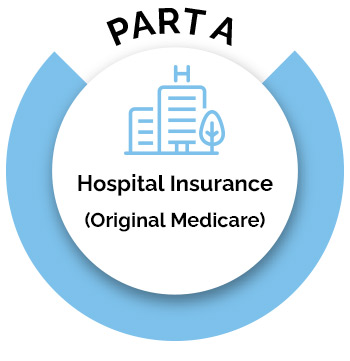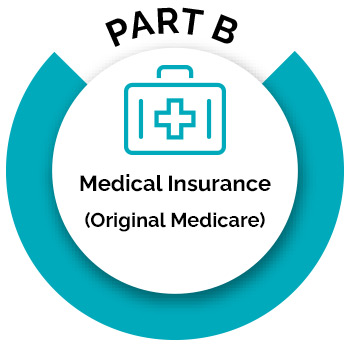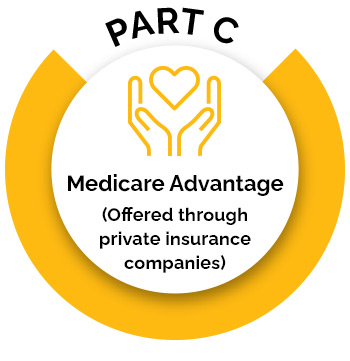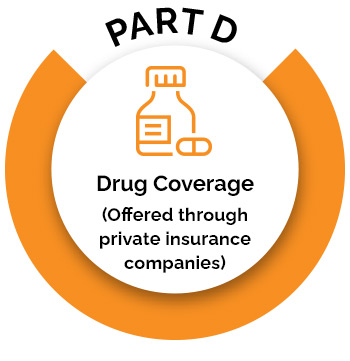
Medicare Annual Enrollment Period (AEP)
Medicare Enrollment Breakdown: How and When to Get Signed Up
Getting signed up for the right health insurance plan for you can be a little confusing. When it comes to Medicare enrollment, you can only sign up or make changes to your coverage during certain times of the year, and you have to make sure you qualify.
Here’s the breakdown on Medicare eligibility, how you can sign up if you’re eligible, and when Medicare open enrollment is.
Who Qualifies for Medicare?
In general, people who are age 65 and older, have permanent kidney disease that requires dialysis or a transplant, or are younger than 65 but have disabilities are eligible for Medicare, according to the Department of Health & Human Services.
Additionally, you don’t have to pay a premium for Part A, which is hospital insurance, if you are at least 65 and you or your spouse worked and paid Medicare taxes for at least 10 years.
The following conditions also entitle someone who is over 65 to Part A without having to pay a premium:
- Those receiving Social Security or Railroad Retirement Board benefits.
- Being eligible for those benefits but have not yet filed to receive them.
- You or your spouse were employed by a government department that was covered by Medicare.
If you aren’t 65 yet, you may still qualify for Part A without paying premiums if you have qualified for Social Security or Railroad Retirement Board disability benefits for 24 months or if you are a kidney dialysis or transplant patient.
Everyone who qualifies for Medicare also has access to prescription drug coverage.

How to Sign Up
Some people are automatically enrolled for Medicare coverage, and others will have to sign up.
People over 65 or who will turn 65 in the next three months and aren’t already getting Social Security benefits will need to apply for Medicare, which you can do online or by getting in touch with Social Security.
If you are already receiving Social Security benefits you will be automatically enrolled in Part A and Part B as soon as you’re eligible. You will get an introductory packet in the mail three months before you turn 65.

Medicare Enrollment Periods
There are a few different times you need to pay attention so you can get signed up for the coverage you want.

Initial Enrollment Period
This period runs for seven months. It begins three months before the month you turn 65, includes the month of your birthday, and continues for three months after your birth month.
During that time, you can sign up for a Medicare Advantage plan (Part C) or Medicare Drug Plan (Part D).
For Medicare Advantage Plans, there are a few timeframes to keep in mind.
General Enrollment Period
During this time, if you have Part A and get Part B you’re also allowed to join a Medicare Advantage or Medicare drug plan.
The drawback is your coverage may not start until July 1.
Annual Enrollment Period
This runs from October 15 – December 7. During this timeframe, you can change from Original Medicare to Medicare Advantage (or vice versa), join or change a prescription drug plan, or drop your coverage entirely.
Open Enrollment Period
The Medicare Open Enrollment period runs from January 1 – March 31. This period allows people who already have a Medicare Advantage Plan to change to another Medicare Advantage Plan or change back to Original Medicare.
The Medicare Open Enrollment Period does not allow for beneficiaries to switch from Original Medicare to Medicare Advantage or add or change a drug plan if they’re on Original Medicare.

Special Enrollment Period
If you move to a new location or lose your insurance coverage, you may be eligible for a Special Enrollment Period. The rules for this will vary from case to case.
The government’s Medicare website addresses each situation and what changes you are allowed to make.










